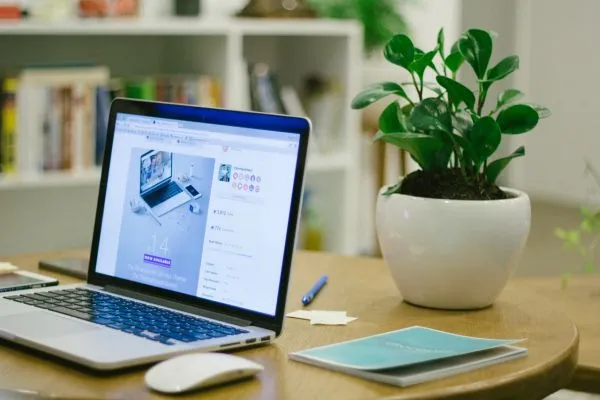Having a website that ranks highly on Google is of the utmost importance these days. Thankfully, there are a number of methods you can use to help bump up your website’s ranking so it appears higher on search results – and one of these methods is called digital asset optimisation.
If you would like to know how to optimise your various digital assets to boost your rankings, increase traffic, and hopefully attract more customers, read on for some top tips!
When it comes to drawing attention to your digital assets, one of the best ways to do this is to find out the most popular keywords and phrases that your target audience regularly searches for.
Once you have done a little research and made a note of those frequently occurring keywords, you can use them in various ways to boost the rankings of your website and draw more attention to your products or services.
For example, you can include these keywords and phrases in your assets’ file names, tags, metadata, captions, and URLs, to ensure they rank higher on Google and are more likely to grab the attention of your audience.
Images and videos can be a crucial aspect of any website, as they break up chunks of text, and are capable of grabbing and holding the attention of visitors.
They also come with other key benefits for your site (and your business), such as:
Failing to optimise your images and videos can increase your website’s loading time which could, in turn, lead to visitors losing patience and going elsewhere. But just how do you go about optimising them? Here’s how to do it…
Optimising images and videos is all about finding the balance between compression rate and file size, to locate that sweet spot where the file doesn’t take up too much room but still looks high-quality.
If you don’t have a web manager to help you, there are various plugins available that can help with image optimisation, making the whole process a lot simpler and less daunting.
When it comes to optimising videos, MP4 is a popular format, as it is supported by all browsers and enables you to offer high-quality videos in a smaller file size.
To help you keep all of your digital assets safe, well-organised and up to date, it’s a good idea to invest in DAM software, which provides a holistic platform for all your digital asset requirements. To find out more, get in touch with our team to arrange a one-to-one demo and see how our DAM software can help! .
